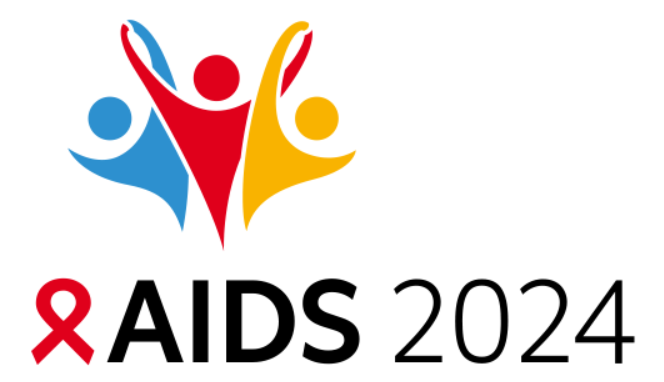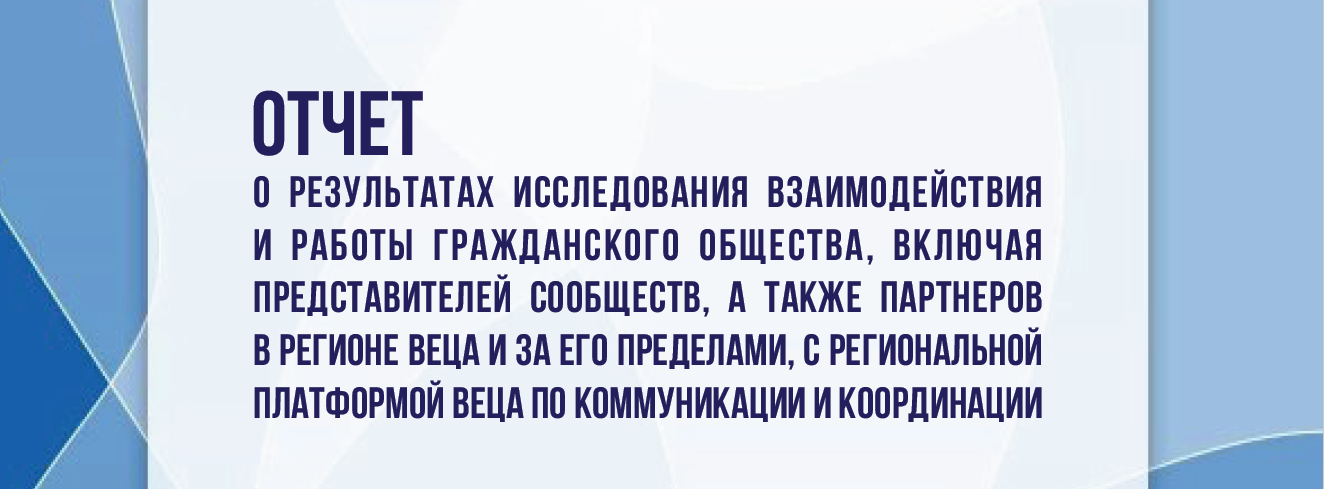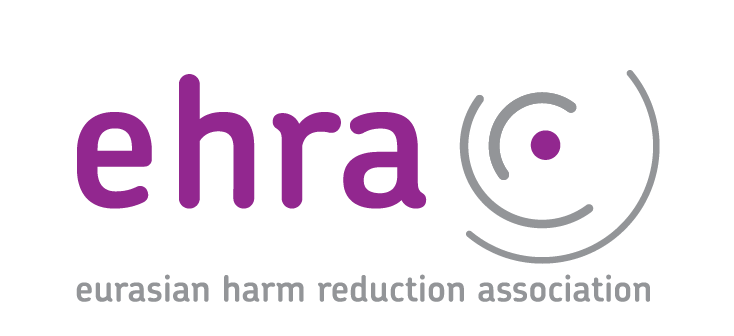Strategic focus on rights and gender in new Strategy seen as vital for scaling up coverage of key and vulnerable populations
This article takes a closer look at the third strategic objective – to promote and protect human rights and gender equality – and its five operational objectives, which are as follows:
- Scale-up programs to support women and girls, including programs to advance sexual and reproductive health and rights.
- Invest to reduce health inequities including gender- and age-related disparities.
- Introduce and scale up programs that remove human rights barriers to accessing HIV, TB, and malaria services.
- Integrate human rights considerations throughout the grant cycle and in policies and policy-making processes.
- Support meaningful engagement of key and vulnerable populations and networks in Global Fund-related processes.
The need for an intensified rights and gender approach to end the three diseases is clear. In 2016, there are still 75 countries that criminalize same-sex sexual relations and 72 countries with laws specifically criminalizing HIV non-disclosure, exposure, or transmission. Women who sell sex are 14 times more likely to have HIV than other women. Transgender women are 50 times more likely than the general population to have HIV. In some high burden countries, adolescent girls are eight times more likely to become infected with HIV than their male peers. Men who have sex with men (MSM) are both more likely to have HIV than the general population, and less likely to access treatment and prevention services.
TB is the leading cause of death among the world’s prisoners, with conditions such as poor ventilation and overcrowding fuelling TB transmission and reactivation. Further, in correctional facilities adequate care may also be denied. Malaria remains a leading cause of morbidity and mortality among refugees and internally displaced people, with inhumane living conditions and poor nutrition exacerbating susceptibility, particularly for pregnant women and young children.
Levels of funding
The Global Fund needs a strong focus on human rights and gender equality in the Strategy to motivate the necessary levels of funding for rights-based and gender-transformative approaches.
The operational objectives to introduce and scale-up programs that remove human rights barriers to access, and to integrate human rights considerations throughout the grant cycle, aim to rectify this shortfall. In the coming months, the Global Fund will identify 15-20 focus countries for in-depth studies on scaling up human rights programing that will be implemented over the life of the new Strategy. In these countries, baseline studies will examine specific human rights barriers to access to explore the cost and potential impact of bringing human rights interventions to scale.
There is still not gender parity on CCMs, which creates power imbalances for important decisions about funding and programming. In 2015, 40% of CCM members (globally) were female and only 37 CCMs were chaired by women. CCM induction trainings on gender and human rights will begin this year, in line with the new Strategy.
To further reduce health inequities driven by gender and age disparities, the Fund’s strategy commits to working with partners to improve data collection, ensuring that sex- and age-disaggregated data appropriately informs national health strategies. Technical support through partnerships with other UN agencies will also be made available at country level.
Reaching key populations
Many high-burden countries with limited ability to pay are also places with restrictive legal and policy environments, making it even harder to reach key and vulnerable populations. Laws and policies that violate human rights and limit gender equality fuel the spread of the three diseases and hamper treatment efforts. (A recent report entitled “Open for Business” makes the link between economic prosperity and non-discriminatory environments for sexually diverse populations.)
The Fund’s Investment Case for the 2017-2019 replenishments illustrates why The Global Fund’s human rights and gender equality strategic objective is so critical for reaching key populations. The investment case shows that an optimized allocation approach would include expanding test-and-treat and pre-exposure prophylaxis (PrEP) for key populations in several countries with significant human rights barriers to access.
UNAIDS suggests that countries devote 8% of resources to programs to reduce human rights–related barriers to accessing services, and to programs that support advocacy and political mobilization by 2020 (see GFO article).
To support scale-up of interventions among key and vulnerable populations, The Global Fund’s operational objective to support meaningful engagement of these groups in Global Fund-related processes will carry forward some of the work begun through the Community Rights and Gender (CRG) Special Initiative. The CRG is investing approximately $5 million in eight global key populations networks through a partnership with the Robert Carr Network Fund. The aim is to strengthen engagement of key population network members at country level to participate meaningfully in Global Fund processes.
Further, the operational objective to scale-up programs to support women and girls, including programs to advance sexual and reproductive health and rights, will build upon the Fund’s current partnership with UNICEF. Begun in April 2014, the partnership supports countries to include strong reproductive, maternal, newborn, child, and adolescent health components in concept note submissions. This results in strengthening the integration of sexual and reproductive health interventions for equitable access to services that are anchored in human rights and gender responsive programs.
Source: Aidspan
Related News
Global Fund Technical brief on HIV and key populations Programming at scale with sex workers, men who have sex with men, transgender people, people who inject drugs, and people in prison and other closed settings
The purpose of this technical brief is to provide information for countries preparing funding requests for comprehensive programs that address the cascade of HIV prevention, diagnosis, treatment, and care for the following key populations: male, female, and transgender sex workers, gay men and other men who have sex with men, transgender people (especially transgender women), […] Read moreGlobal Fund Technical Brief HIV, Human Rights, and Gender Equality
The purpose of this Technical Brief is to assist Global Fund applicants in their efforts to include and expand concrete and effective programs to remove human rights-related barriers to HIV prevention, diagnosis and treatment services. Post Views: 647 Read moreLaunch of open consultation on Global Fund Strategy development
Global Fund has launched an open consultation on the development of the post-2022 strategy. A background presentation is attached that explains the consultation process and lists a set of questions for reflection and input. The first round of input received by 1 September 2020 will be reviewed by the Global Fund Board’s Strategy Committee in […] Read moreEECA Region Space Schedule during AIDS 2024

Welcome to the EECA Region Space at the Global Village during AIDS 2024 Conference! Our dedicated space at the Global Village is designed to highlight the unique perspectives and experiences of the EECA region, fostering collaboration and inspiring action. Join us for a series of engaging sessions, workshops, and presentations that will explore a wide range of topics.
Services for migrants and refugees from Ukraine – HIV/TB care with a focus on key populations
Due to the increasing flows of refugees from Ukraine because of Russia’s invasion of Ukraine, the EECA Regional Platform created a spreadsheet to fill contacts details of face-to-face and online services for refugees and migrants (with a focus on HIV/TB care and key population groups).
Regional Platform – EECA
This web-resource is a part of new regional communication and coordination project “Regional Civil Society and Community Support, Coordination and Communication Platform - EECA”, implemented by Eurasian Harm Reduction Association (EHRA).
Tags
See also
-
Events with Global Fund Speakers at AIDS 2024 17.07.2024 14:43
-
EECA Region Space Schedule during AIDS 2024 12.07.2024 11:14
-
Two Requests for Proposals from the Global Fund 04.07.2024 11:42
-
EECA’s Regional Platform monthly Newsletter #6, July 2024 04.07.2024 11:28







